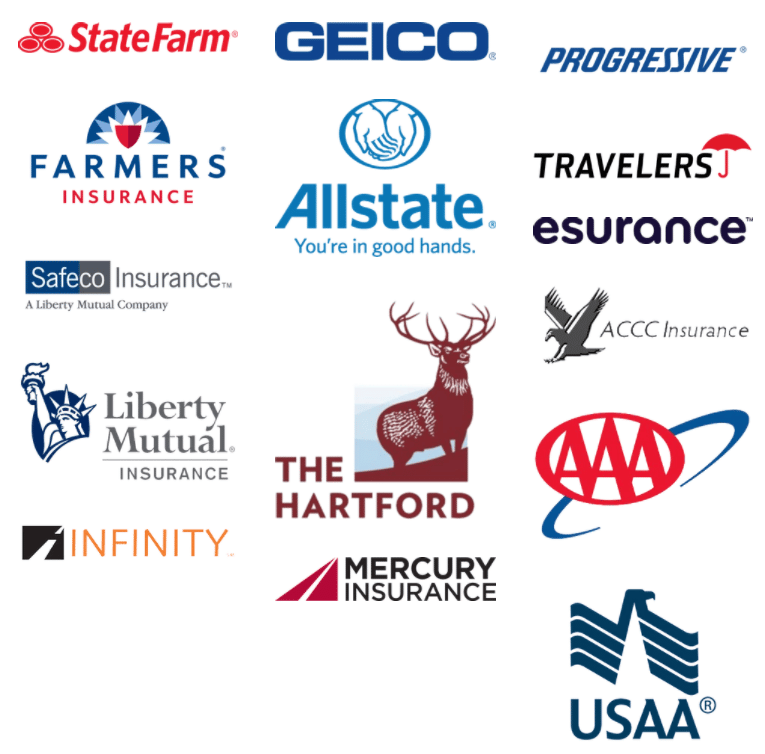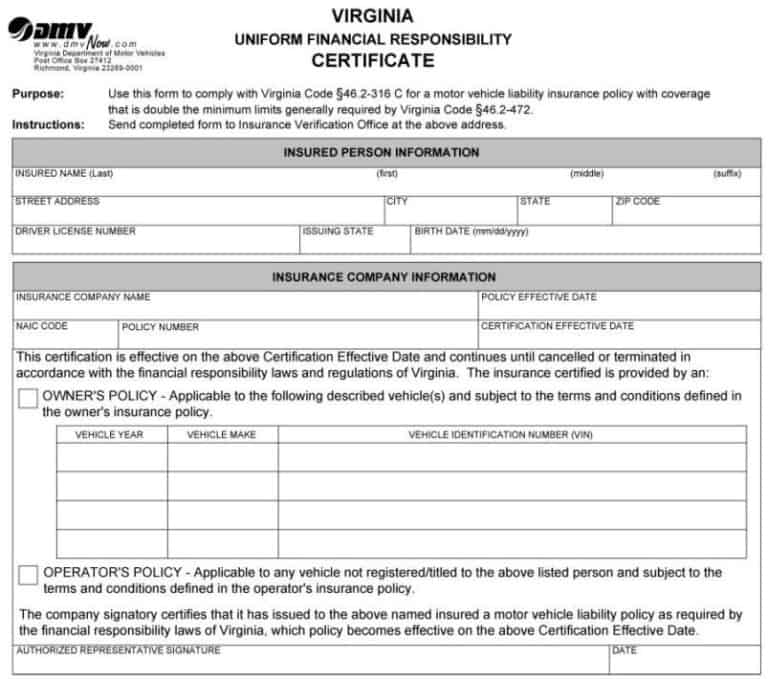Finding the right auto insurance policy can feel like navigating a labyrinth, especially when you’re trying to secure the best rates near your location. With a multitude of factors influencing premiums, from your driving history to the specific neighborhood you reside in, understanding the complexities of auto insurance quotes is essential. This guide provides a comprehensive overview of the key considerations, strategies, and resources to help you find the most suitable and affordable coverage. This guide delves into the nuances of auto insurance quotes, examining the factors that drive costs, providing practical tips for obtaining accurate quotes, and empowering you to make informed decisions about your coverage. We’ll explore how location, driving history, and even your vehicle’s make and model can impact your premium, offering strategies to navigate these variables to your advantage. By understanding the intricacies of the insurance landscape, you can secure the coverage you need at a price that fits your budget. Understanding Auto Insurance Quotes Obtaining an auto insurance quote is the first step in securing coverage for your vehicle. It’s crucial to understand the factors that influence these quotes and the components that make up your premium. This knowledge empowers you to make informed decisions about your insurance coverage and potentially save money. Factors Influencing Auto Insurance Quotes Numerous factors influence your auto insurance quote. Insurance companies use these factors to assess your risk and determine the premium you’ll pay. Driving History: Your driving record, including accidents, traffic violations, and DUI convictions, significantly impacts your premium. A clean driving record typically results in lower rates. Age and Gender: Younger and inexperienced drivers are statistically more likely to be involved in accidents, leading to higher premiums. Similarly, gender can influence rates, as certain demographics may have higher accident rates. Vehicle Type: The type of vehicle you drive, including its make, model, year, and safety features, affects your insurance cost. Luxury cars, high-performance vehicles, and those with expensive repair costs often have higher premiums. Location: Where you live plays a role in your insurance quote. Areas with higher crime rates, traffic congestion, and accident frequency tend to have higher premiums. Credit History: In some states, insurance companies consider your credit history as a factor in determining your rates. A good credit score generally translates to lower premiums. Coverage Options: The type and amount of coverage you choose, such as liability limits, comprehensive and collision coverage, and uninsured motorist coverage, affect your premium. Components of an Auto Insurance Premium Your auto insurance premium is calculated based on several components: Base Rate: This is the starting point for your premium and is determined by factors such as your age, gender, driving history, and location. Vehicle Rating: The type of vehicle you drive influences this component. Factors like safety features, theft risk, and repair costs contribute to the vehicle rating. Coverage Options: The type and amount of coverage you choose, such as liability, comprehensive, and collision, directly impact your premium. Deductible: The deductible is the amount you pay out of pocket for covered repairs or losses before your insurance kicks in. A higher deductible typically results in lower premiums. Discounts: Many insurance companies offer discounts for various factors, such as good driving records, safety features, multiple vehicle insurance, and bundling insurance policies. Common Auto Insurance Coverage Options Understanding the importance of different coverage options is crucial when selecting your auto insurance policy. Here are some common coverage options: Liability Coverage: This coverage protects you financially if you cause an accident that injures someone or damages their property. It covers medical expenses, lost wages, and property damage up to your policy limits. Collision Coverage: This coverage pays for repairs or replacement of your vehicle if it’s damaged in an accident, regardless of who is at fault. It covers damage from collisions with other vehicles, objects, or even rollovers. Comprehensive Coverage: This coverage protects your vehicle against damage from events other than collisions, such as theft, vandalism, fire, hail, and natural disasters. It’s optional but recommended for newer or more expensive vehicles. Uninsured/Underinsured Motorist Coverage: This coverage protects you if you’re involved in an accident with a driver who doesn’t have insurance or has insufficient coverage. It helps cover your medical expenses and property damage. The Importance of Location Your location is a key factor in determining your auto insurance rates. Insurance companies consider various factors related to your location to assess your risk of accidents. Factors Affecting Auto Insurance Rates Based on Location Location-based factors significantly impact your auto insurance premiums. Understanding these factors helps you understand why your rates might be higher or lower depending on where you live. Traffic Density: Areas with heavy traffic increase the risk of accidents. Insurance companies recognize this increased risk and often charge higher premiums in congested areas. Crime Rates: Higher crime rates, especially those involving vehicle theft, lead to increased insurance premiums. Insurance companies need to account for the greater risk of your car being stolen or damaged. Weather Conditions: Areas with extreme weather conditions, such as frequent storms, hurricanes, or heavy snowfall, pose a higher risk of accidents. These regions often have higher insurance rates to reflect this increased risk. Road Conditions: Poor road conditions, including potholes and poorly maintained roads, contribute to accidents. Insurance companies may charge higher premiums in areas with substandard road infrastructure. Driving Habits: Driving habits vary depending on the location. Areas with a higher concentration of aggressive drivers or those with a greater prevalence of distracted driving may see higher insurance rates. Auto Insurance Rates Across Different Neighborhoods Auto insurance rates can vary significantly even within a single city. Factors such as crime rates, traffic density, and the prevalence of certain types of accidents can influence premiums in different neighborhoods. Example: In a city like Los Angeles, neighborhoods with high traffic density and a history of accidents, such as downtown or Hollywood, might have higher insurance rates compared to quieter suburban areas. Finding the Right Insurance Provider After understanding the factors that influence your auto insurance quote, the next step is to find the right insurance provider. Choosing the right provider can significantly impact your premiums and overall experience. Comparing Auto Insurance Companies It’s crucial to compare different auto insurance companies to find the best fit for your needs. This involves evaluating their coverage options, customer service, claims processing, and pricing. Here’s a table comparing key criteria for several popular auto insurance companies: | Company | Coverage Options | Customer Service | Claims Processing | Pricing | |—|—|—|—|—| | Company A | Comprehensive, Collision, Liability, Personal Injury Protection (PIP), Uninsured/Underinsured Motorist (UM/UIM) | Excellent customer service, responsive to inquiries | Fast and efficient claims processing | Competitive pricing | | Company B | Comprehensive, Collision, Liability, PIP, UM/UIM, Rental Car Coverage | Good customer service, prompt responses | Average claims processing time | Slightly higher pricing | | Company C | Comprehensive, Collision, Liability, PIP, UM/UIM, Roadside Assistance | Average customer service, mixed reviews | Slower claims processing | Lower pricing | This table provides a general overview and should be used as a starting point for your research. It’s essential to conduct further research and compare quotes from multiple companies to find the best option for your specific needs and budget. Reputable Auto Insurance Providers in the Area Finding reputable auto insurance providers in your area is essential for securing reliable coverage. Here’s a list of some well-regarded auto insurance providers in the [Area Name]: * [Provider Name] * [Provider Name] * [Provider Name] This list is not exhaustive, and it’s important to consider your individual needs and preferences when choosing a provider. Local vs. National Insurance Companies Deciding between a local or national insurance company involves considering various factors. Here are some benefits and drawbacks of each: … Read more







